
It was part of an EU-wide effort to persuade governments of the vital value of wild places and the European legislation that protects them. The EU Birds and Habitats Directives had been under attack for some time, with developers and some governments regarrding them as a barrier to economic progress. The campaign demonstrated how false this idea was, and just before Christmas the UK government, which had previously been particularly negative towards the Directives, announced that it was not going to push for them to be weakened.
Another pillar of international protection is the Ramsar Convention, a global agreement focusing on wetlands. Every year on 2 February, the anniversary of its adoption in 1971, the Convention secretariat organises World Wetlands Day.
Unfortunately, wetlands are often viewed as wasteland, and more than 64% of the world’s wetlands have disappeared since 1900. Much of the remaining resource is suffering neglect and mismanagement. Yet livelihoods from fishing, rice farming, tourism and water provision all depend on wetlands. They host a huge variety of life, protect our coastlines, provide natural sponges against river flooding, and store carbon dioxide to regulate climate change.
Celebrating wetlands through poetry - deadline 24 January
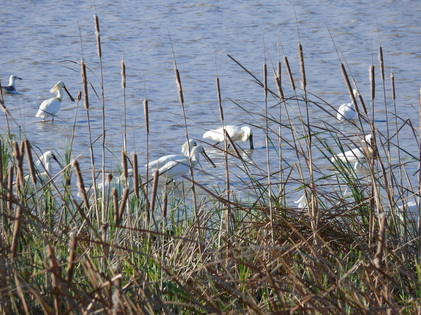 Spoonbills in Doñana ©Laurence Rose
Spoonbills in Doñana ©Laurence Rose An international poetry competition opens tomorrow, 10 January and closes on 24 January. Entries will be judged by English-born Tasmanian poet Sarah Day whose most recent collection Tempo has been shortlisted for the Australian Prime Minister's Literary Awards. There is a prize of AUS$700 and AUS$100 for shortlisted entries.
Click the button for rules and other details. Note the deadline is midnight on 24th Melbourne time - 11 hours ahead of GMT.
Doñana and The Long Spring
I’ll be describing wildlife, places, traditions, culture and issues as I look for signs of the coming of spring. I will be finding out how spring is marked by people in the areas I visit, investigating people’s connection to their natural environment and seeing how this is changing.
I'll also use the blog to report on news from elsewhere, such as webcams from special places as the new season gets underway.
The Long Spring is also the working title of my forthcoming book, provisionally scheduled for publication in early 2018, by Bloomsbury.

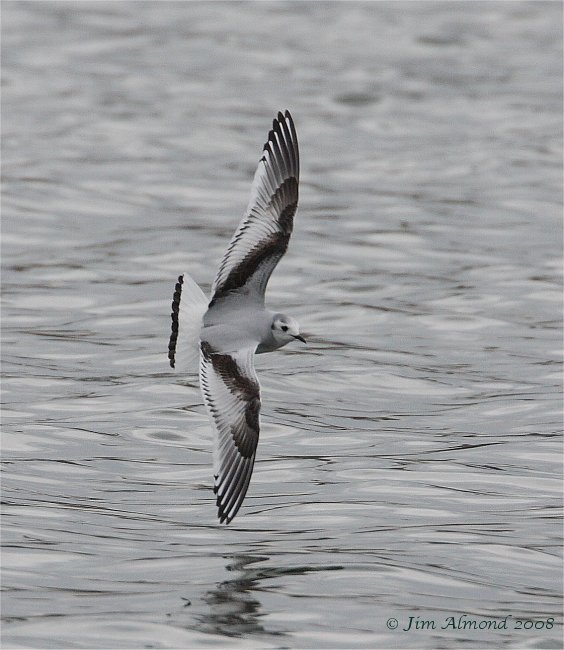
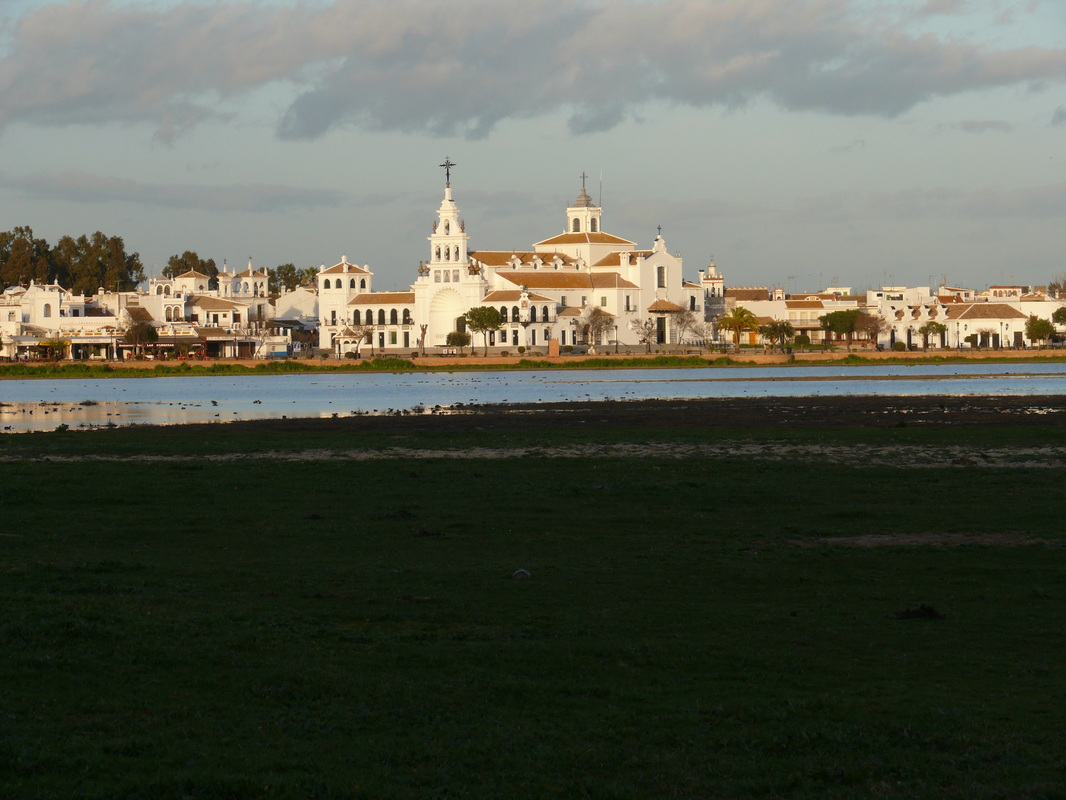
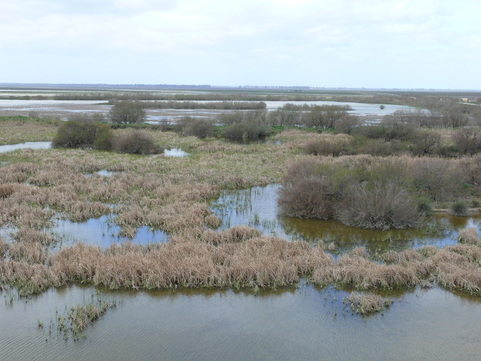
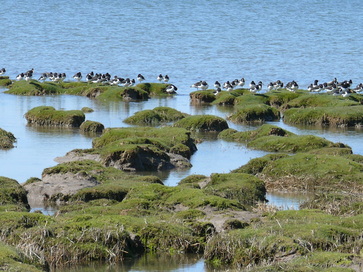
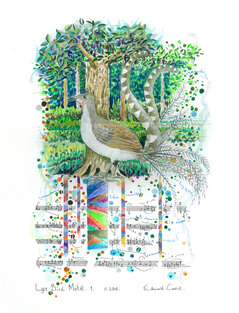
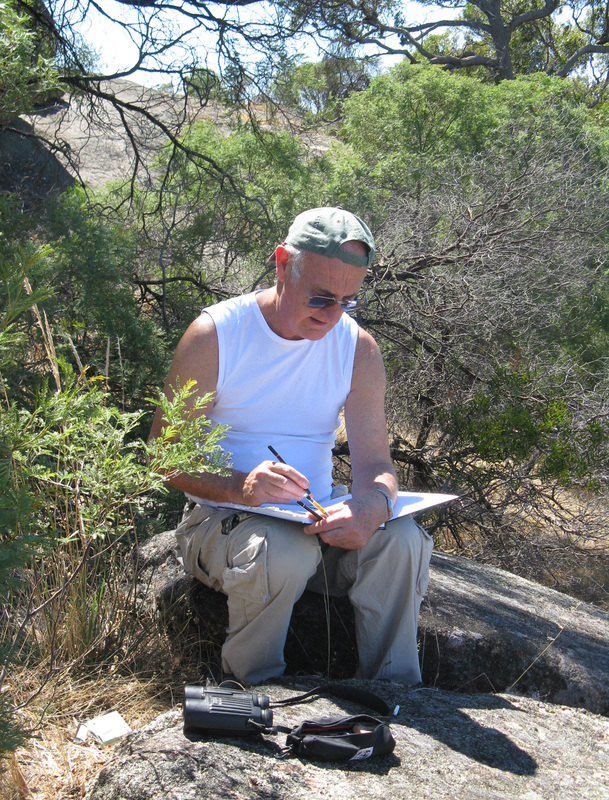
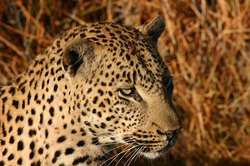
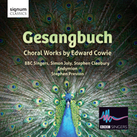

 RSS Feed
RSS Feed
